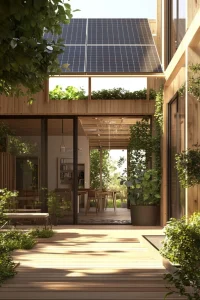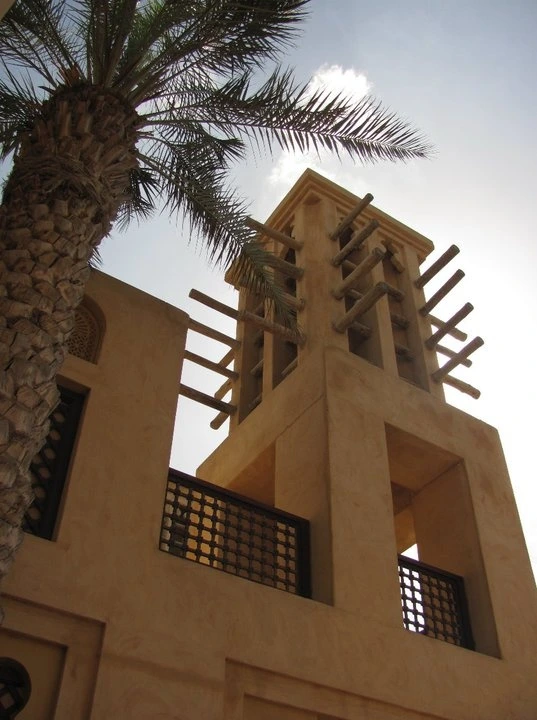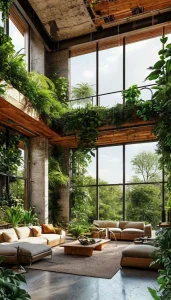Sustainable Architecture,: The Art of Creating Tomorrow
Today’s architect is no longer just a builder; they are a narrator of the future. A future that, without sustainability, may not exist at all. Sustainable architecture is the response to a fundamental question:
“ How can we design spaces that are both beautiful and protective of our planet”
This approach goes beyond form and aesthetics. It is
a fusion of art, science, and human responsibility. Every design decision—choice of material, orientation, or lighting—must be made with a higher purpose: harmony with nature and respect for Earth’s limited resources.

Nature: The First Architect
In sustainable architecture, nature is the ultimate teacher. Environmental elements are not constraints but sources of creativity:
Wind → inspires natural ventilation and airflow design
Sunlight → guides daylighting strategies and passive heating
Soil and local materials → reflect cultural identity and reduce environmental footprint
A sustainable architect considers not just the building’s form but its dialogue with the surrounding environment. Every structure becomes part of a larger ecosystem.

Buildings as Living Organisms
A sustainable building is no longer an inanimate object—it is a living organism that interacts with its environment:
Smart energy storage and consumption
Rainwater harvesting and resource recycling
Seasonal adaptability
Flexibility to meet the changing needs of its occupants
This mindset ensures longer lifespans, reduced costs, optimized performance, and a more natural human experience.
Human-Centered Sustainability
At its core, sustainable architecture is about people. Spaces must enhance the quality of life for those who inhabit them:
Green and open spaces integrated into and around buildings
Access to natural light and healthy ventilation
Flexible layouts that adapt to modern living
This design philosophy results in spaces that are not only functional and beautiful but also human- and nature-friendly.
Tradition and Technology: Two Sides of the Same Coin
A sustainable architect reads the past to shape the future.
Traditional windcatchers in Iran’s deserts naturally cooled spaces without energy.
Solar panels and smart energy systems continue this legacy today—equipped with modern tools and greater efficiency.
Sustainability means blending cultural wisdom with innovation while preserving identity and aesthetics.
Inspiring Examples
Green roofs → plants provide thermal insulation and manage rainwater
Hybrid designs → combining traditional windcatchers with modern ventilation and solar energy
Indoor green spaces → vertical gardens and interior landscapes improve air quality and reduce stress
Conclusion
Sustainable architecture is not just a style—it is a responsibility. A responsibility to create spaces that narrate beauty while protecting the Earth.
💬 What inspiring examples of sustainable architecture have you seen in your city or around the world


